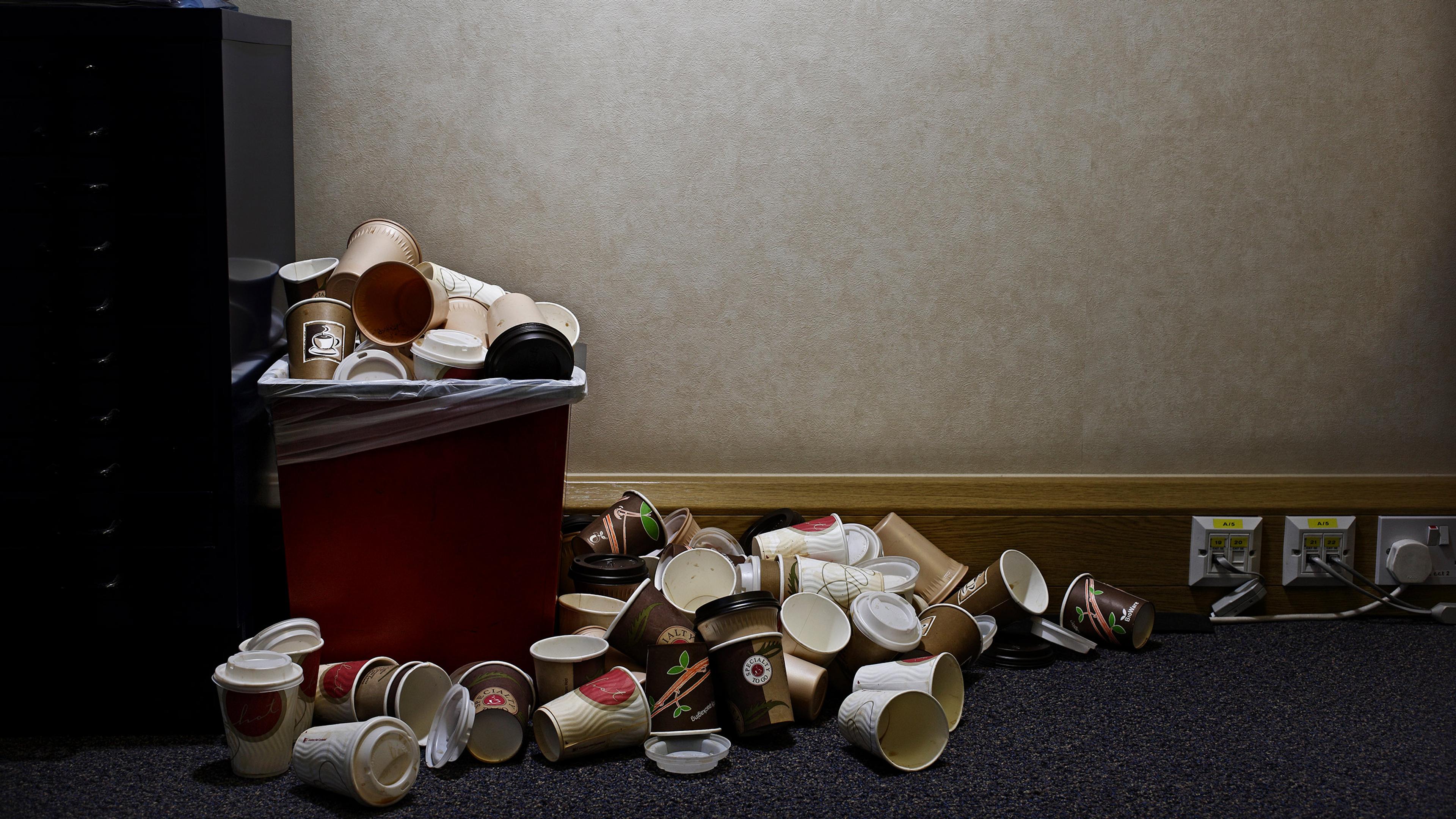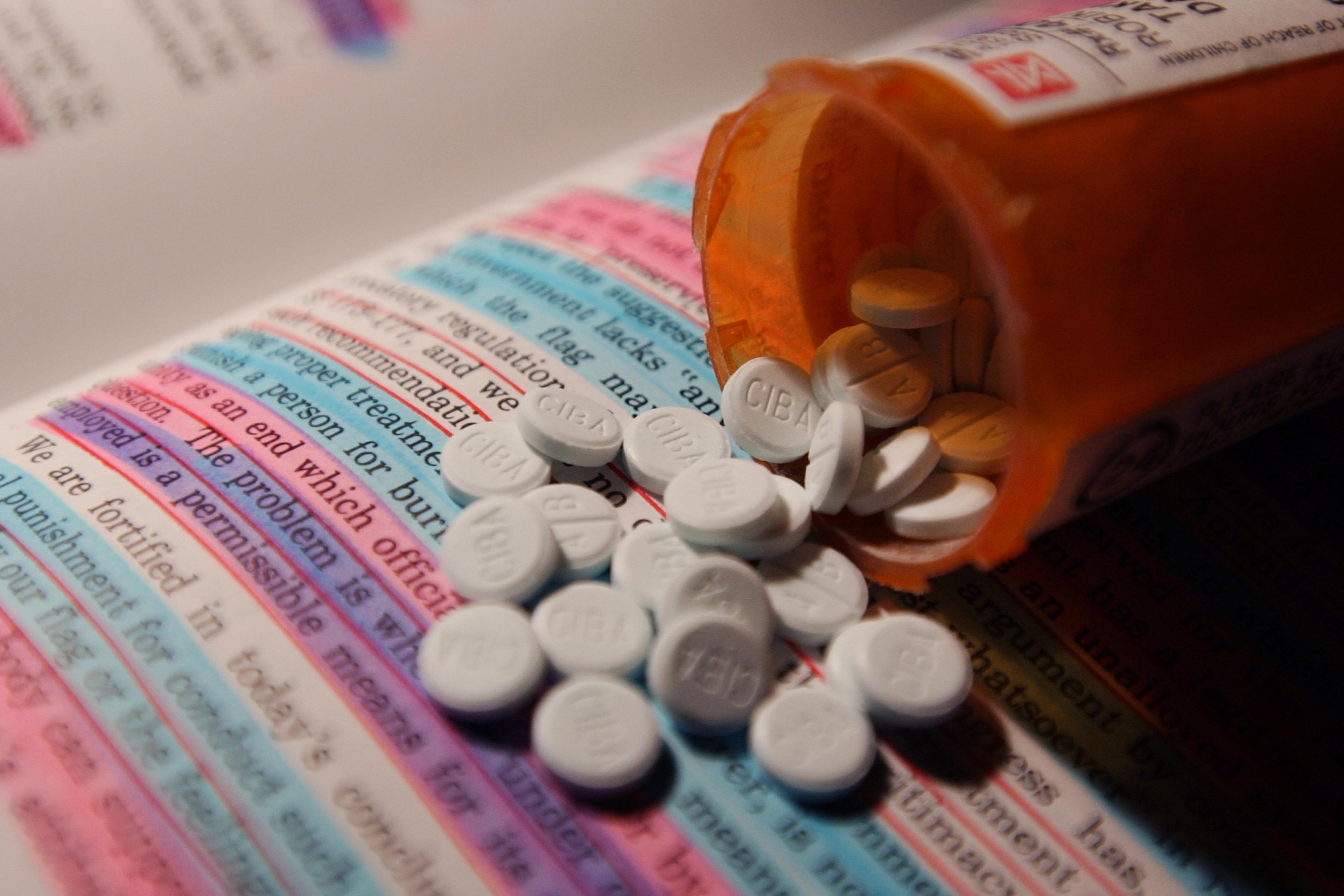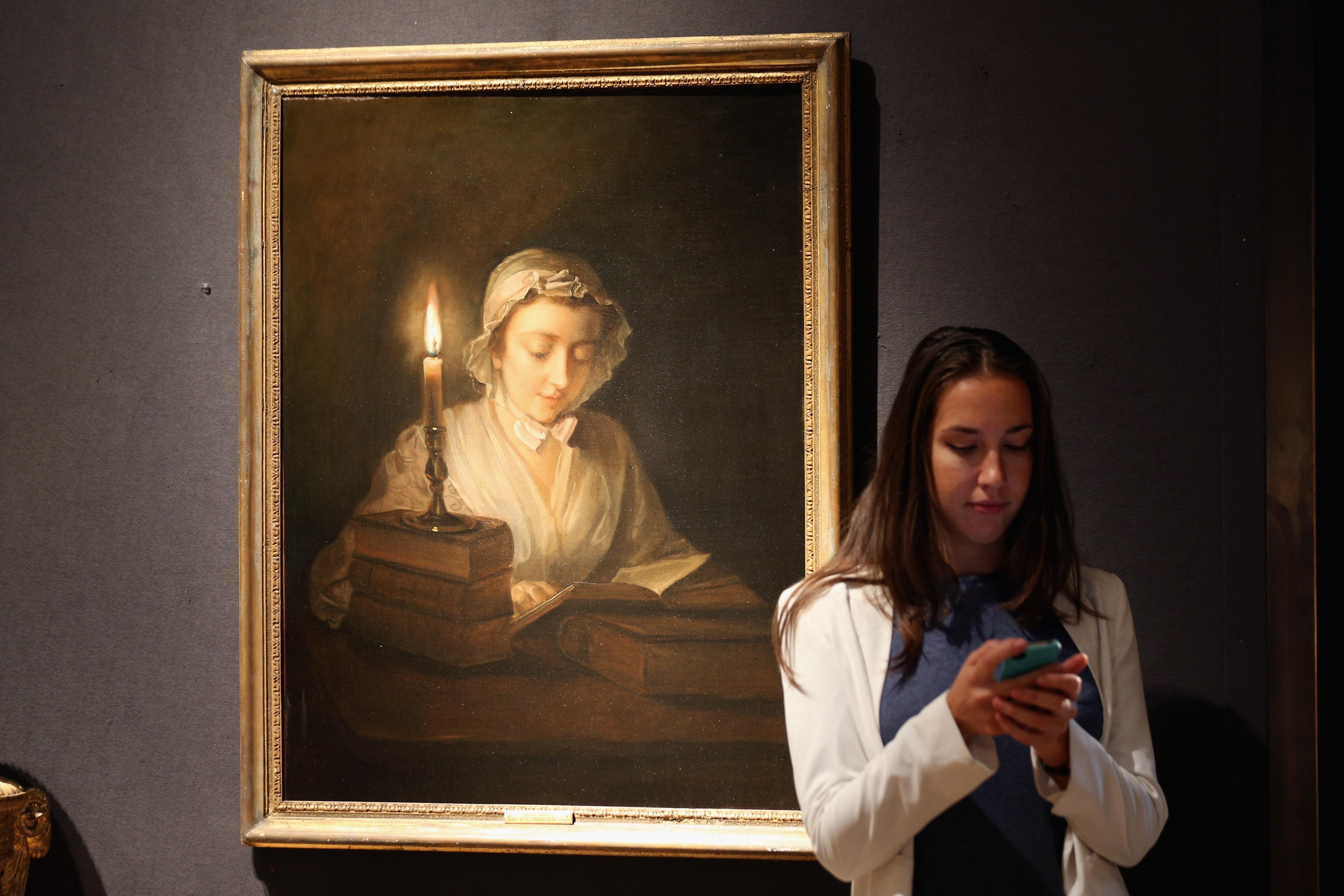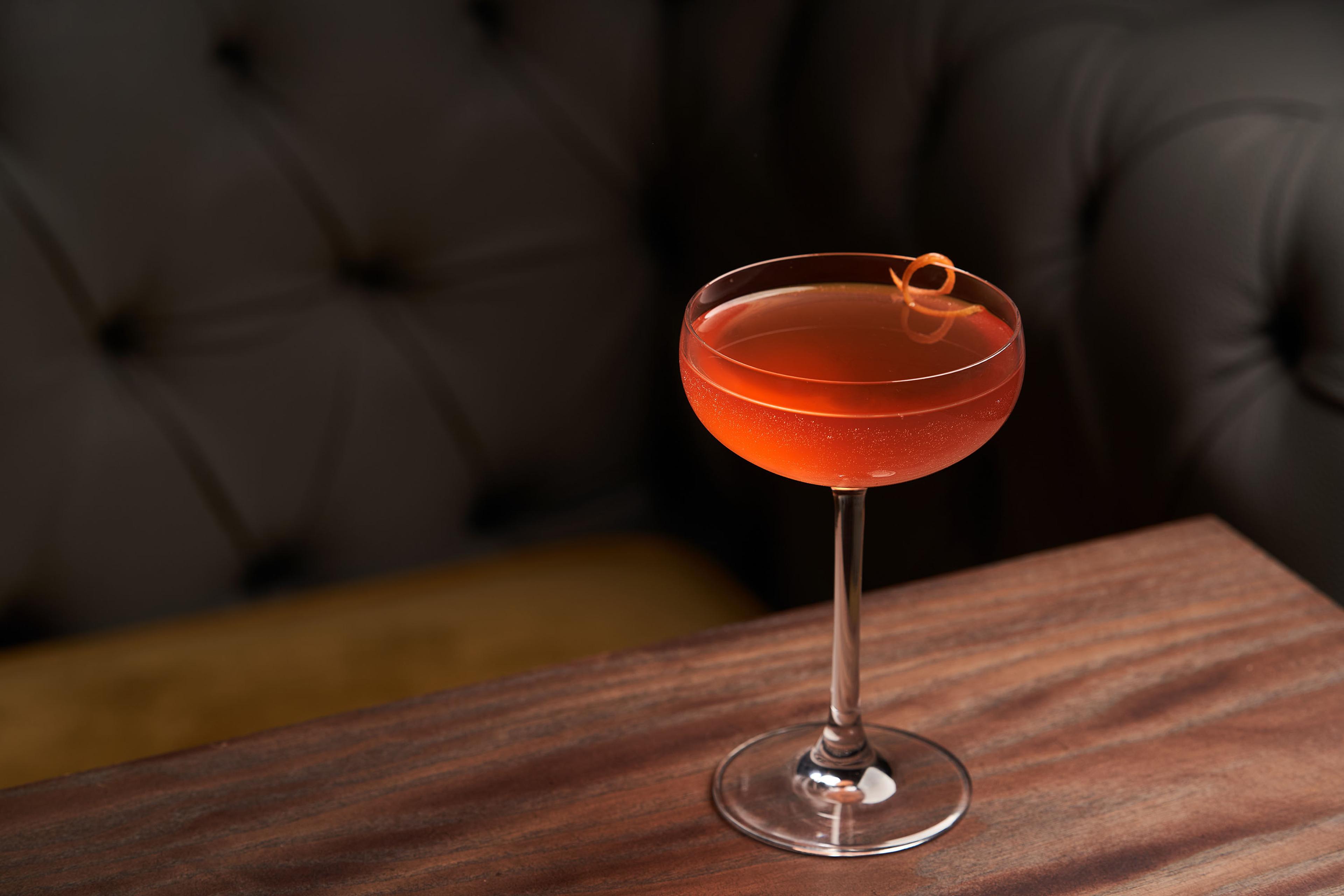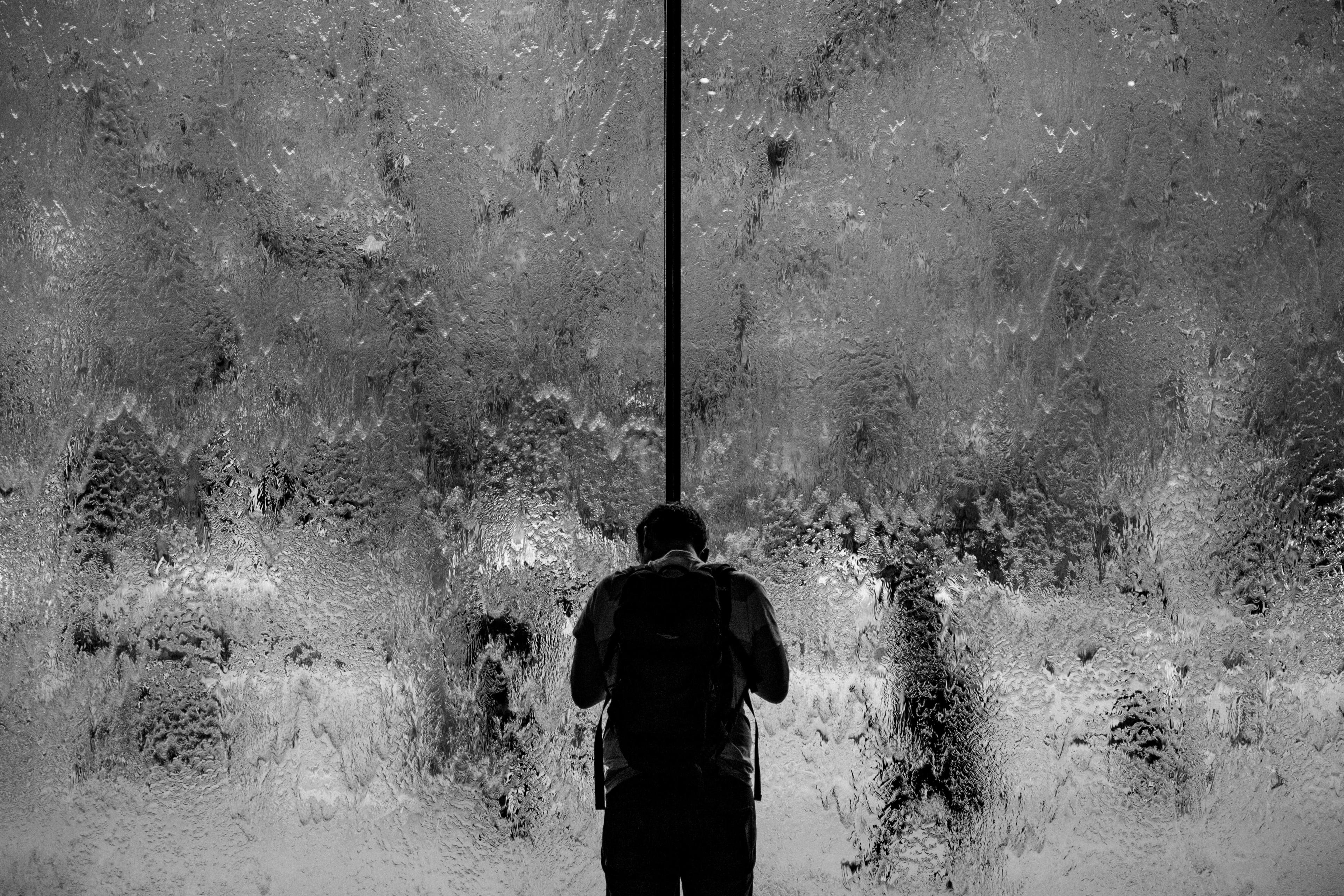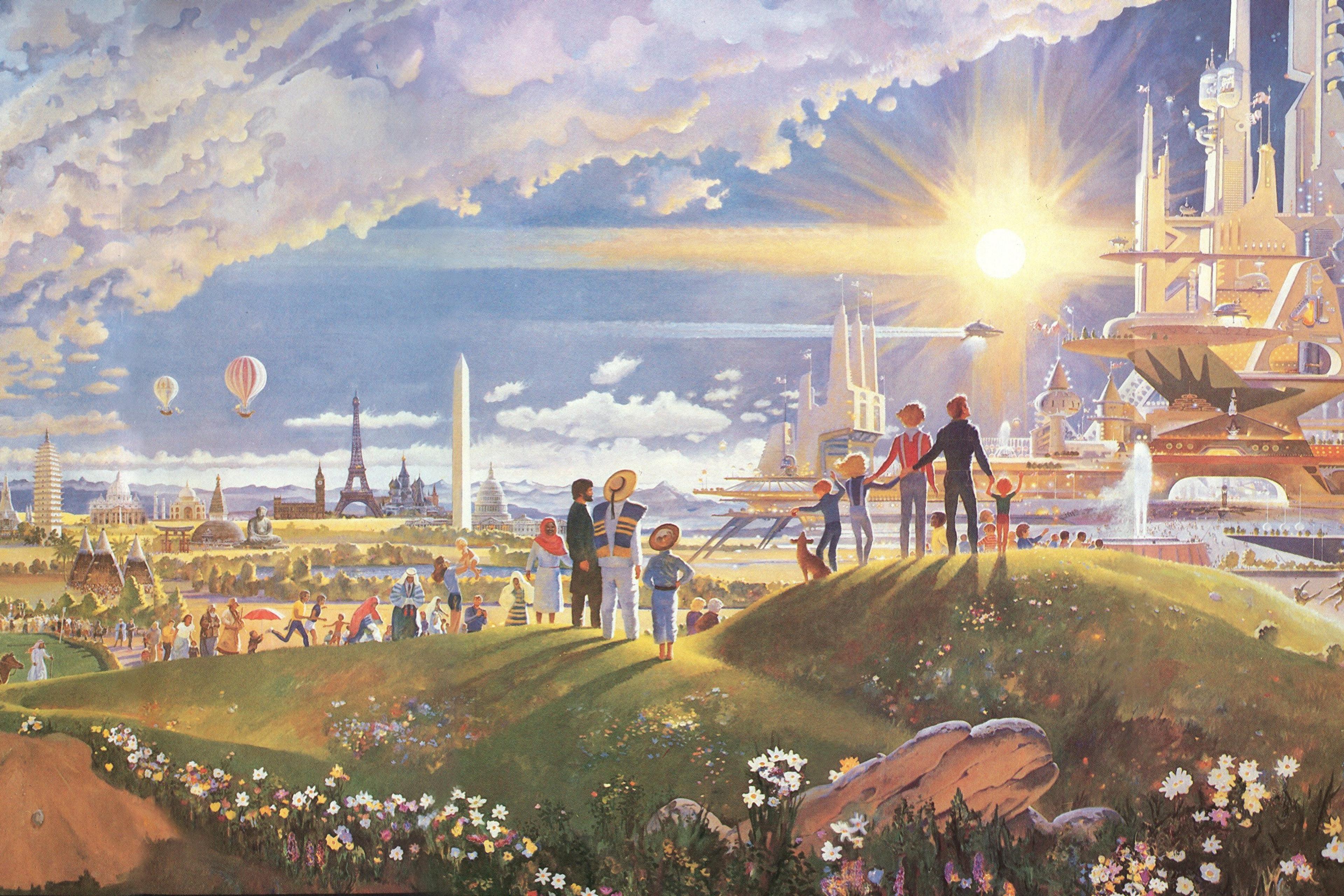The headache started not long after I sat down at my desk. Within an hour, the muted pressure just behind my eyes had grown into something harder to ignore. My thoughts felt sluggish, my focus was fractured, and the bright light from my computer screen assaulted my retinas. By mid-morning, my patience was gone. Every new email became increasingly intrusive; every background noise borderline intolerable. As I found myself battling with a half-written sentence, feeling somewhat defeated, I went through a mental checklist of the usual suspects: I wasn’t sick, I’d had a decent night’s sleep, and I hadn’t been to the pub in well over a week. Then I noticed my favourite coffee mug, full and untouched on the other side of the room.
My symptoms were textbook withdrawal. The source? A legal stimulant consumed by billions around the world. Clinically speaking, my behaviour was consistent with attributes of chronic substance use and, given my symptoms, possibly dependence too. But, in reality, it’s just another Tuesday at the office.
When it comes to caffeine, we often speak about ‘needing our fix’ but I’ve yet to hear of an intervention staged for the friend who drinks three double espressos before noon. In fact, when it comes to caffeine, we rarely worry about things like tolerance, dosage or long-term effects in the same way we do for other substances. We don’t speak in terms of use, misuse and psychoactivity. But caffeine, like other drugs, directly alters neurochemistry and functionality. Like other drugs, it affects mood and cognition and can lead to behaviours that are akin to chronic use and dependence. And, like other drugs, abstinence can lead to symptoms of withdrawal (albeit to a lesser extent than its illicit counterparts). By all scientific standards, caffeine is a psychoactive drug. So why do we struggle to accept this fact? Why do we treat caffeine like nothing more than a productivity hack? And what would happen if we treated caffeine the way we treat other drugs?
Caffeine’s mechanism of action is relatively simple. As we go about our day, a compound called adenosine accumulates in the brain. Its job is to signal fatigue and promote rest through inhibitory actions at adenosine receptors. Caffeine, sharing a somewhat similar chemical structure to adenosine, competes for those same receptors, effectively silencing adenosine’s inhibitory ‘rest and fatigue’ message. The result is a drug-induced sense of alertness and focus that largely keeps the global workforce upright and productive each day. And it’s why, from a pharmacological standpoint, caffeine is classified as an ‘adenosine receptor antagonist’.
But the story doesn’t stop there. In an uncaffeinated brain, adenosine acts as a neurotransmitter buffer, reducing the amount of dopamine and norepinephrine. When caffeine arrives on the scene and blocks adenosine from binding to its receptors, it promotes dopamine and norepinephrine release leading to increased mood, focus and motivation, similar to the neural processes triggered by other stimulant drugs.
With regular use, however, the brain increases the number of adenosine receptors, meaning the same dose of caffeine has diminishing effects, and the daily cup count starts to increase. Skip your morning latte, and those unoccupied receptors quickly fill with adenosine, flooding the system with fatigue signals and leading to the familiar symptoms of headache, mental fog, low energy and irritability. This cycle is well documented in clinical literature, and recognised by both the World Health Organization and the American Psychiatric Association.
It has very real downsides: heightened anxiety, disrupted sleep, elevated blood pressure, gastrointestinal issues
In other words, the science is unambiguous: caffeine is a drug. Its withdrawal profile is clear enough to merit inclusion in the latest edition of the Diagnostic and Statistical Manual of Mental Disorders (5th ed, revised 2022), the gold-standard for defining and diagnosing addiction and other mental health disorders. And while most people don’t experience life-altering dysfunction because of their daily caffeine intake (or accidental abstinence), the patterns of chronic use as well as physiological and psychological dependence are clear.
Now, if you’re reading this as a coffee drinker and thinking that these descriptions of caffeine addiction sound remarkably unfamiliar, remember that not everyone reacts the same way. Every brain is unique, with different patterns of receptor expression and chemical signalling. There are also genetic differences in liver enzymes that allow some people to process caffeine more quickly than others. For fast metabolisers, a late-afternoon coffee or evening espresso might be gone from their system before bedtime. For others, a single cup in the morning can derail an entire day and disrupt sleep that night. Age, body weight, hormonal status and even gut microbiota can influence how caffeine affects you.
Despite all this nuance, caffeine consumption is often presented as a net positive. There is ample research that demonstrates the neuroprotective properties of caffeine, as well as numerous links between moderate coffee consumption and reduced risk for Parkinson’s disease, type-2 diabetes, and some forms of cancer. Likewise, researchers have documented caffeine-related improvements in focus, concentration, reaction time, and problem-solving. These findings are frequently cited in newspaper headlines and public health messaging. Less attention is paid to the very real downsides: heightened anxiety, disrupted sleep, elevated blood pressure, gastrointestinal issues, and often-unpredictable interactions with other drugs. In short, caffeine is a drug of cost-benefit trade-offs and, like most drugs, its effects depend on dose, context, and the individual user. Yet we rarely apply this logic in practice. Instead, we treat caffeine as a lifestyle accessory, a productivity hack, and a non-negotiable part of the modern workday. So how did we arrive at this strange double standard?
While caffeine wasn’t chemically isolated until the early 19th century, its first documented use dates back more than 2,000 years (though the exact timing is up for debate). Long before we understood its neuropharmacology, it had already taken root in culture, tradition and daily life. From ancient tea rituals in China, to the brewing of yerba maté in South America, caffeine-rich plants were used for stimulation, ceremony and social connection. In East Asia, tea culture developed around the 8th century eventually evolving into something far more structured and symbolic. Nowhere is this more evident than in Japan. Here, centuries before caffeine reached Europe, the tea ceremony became a formalised practice grounded in Zen philosophy and defined by careful, deliberate gestures.

Interior of a London coffee house c1690. Courtesy the British Museum, London
As it spread west, the formality of early caffeine-culture waned. By the 17th century, coffeehouses in Europe had emerged as informal hubs for intellectual and political discourse. Unlike the formal tea ceremonies of Japan, which were largely reserved for the upper classes, these European ‘penny universities’, as they were often called, catered to individuals from different walks of life, providing access to ideas, conversation and debate, all centred around the social consumption of coffee. Over time, these rituals further developed and globalised, influenced by changing economic, cultural and social landscapes.
Take the infamous workplace coffee-break. Originally introduced in the early 1900s to improve productivity and morale, it has evolved into a cultural mainstay throughout most of the world. Whether it’s a quick drip from the corner store, or an ethically sourced, fair-trade macchiato from a barista, the act itself has become as symbolic as it is habitual. The humble cup of coffee is now the global emblem of productive morning routines and professional hustle, serving as the frontline treatment for exhaustion and fatigue.
Picture a world where your morning latte required, first, a visit to the doctor’s office
Compare this with how we treat other psychoactive substances. Cannabis, psychedelics, alcohol and nicotine have long been regulated, criminalised and stigmatised, often for reasons that have more to do with history and politics than pharmacology and public health. This isn’t to say that regulations are entirely arbitrary. Factors such as harm often play important roles in drug classifications and overall societal attitudes towards their use. For instance, given the significant public health costs around alcohol and tobacco, their stringent regulation is certainly warranted.
But harm alone doesn’t always predict where societal perception will land for a given substance. From a pharmacological standpoint, many of the distinctions we make regarding which substances get vilified and which get a pass are rarely consistent. As a thought experiment, consider what would happen if we treated caffeine the way we treat other drugs. Imagine warning labels on coffee cups, prescription requirements, or age restrictions. Picture a world where your morning latte required, first, a visit to the doctor’s office. Or one where cafés and baristas are replaced by underground speakeasies and black-market dealers. It sounds extreme, even absurd. But that absurdity reveals the degree to which our drug classifications are culturally, not scientifically, constructed.
Caffeine is benign not because it is chemically mild. It is benign because we have decided it is. Granted, caffeine is not the subject of sweeping public health emergencies and is not counted among the world’s most dangerous drugs. But that doesn’t mean it is entirely safe. For adults, regular daily doses of more than 600 mg (a single cup of coffee is typically around 95 to 125 mg) can lead to a range of psychological and physiological issues such as sleep impairments, heightened anxiety, gastrointestinal upset, and even reduced bone density leading to increased risk of fractures. That may sit well above your daily dose, but it’s not difficult to reach. In fact, it’s easily achieved with highly caffeinated products like energy drinks and caffeine-infused energy bars. These products are often marketed aggressively and widely available with no age restrictions, potentially exposing children to real physiological impacts.
So where do we go from here? A good first step may be to recognise caffeine for what it is: a psychoactive drug with real effects, real dependencies, and real cultural significance. To be clear, I am not making a call for coffee consumption to be restricted and regulated. Far from it. Instead, I am attempting to shine a light on a glaring cultural double standard in which certain drugs are regulated and stigmatised while others are celebrated.
But recognising this double standard doesn’t mean rejecting our rituals. On the contrary, it invites us to view them through a new lens. I’m still team coffee, but now, each time I take a sip, I’m clearer about what I’m doing and why: I’m taking a drug to stay awake and focused (some mornings, I’m also taking it to ease my caffeine withdrawals). That awareness doesn’t make the experience any less satisfying, but it does make it feel more honest.
Halfway through my second cup and with the last traces of my headache a distant memory, I find myself wondering: how many other habits are hiding in plain sight, quietly shaping our lives and social worlds, while we collectively agree not to call them what they are?
